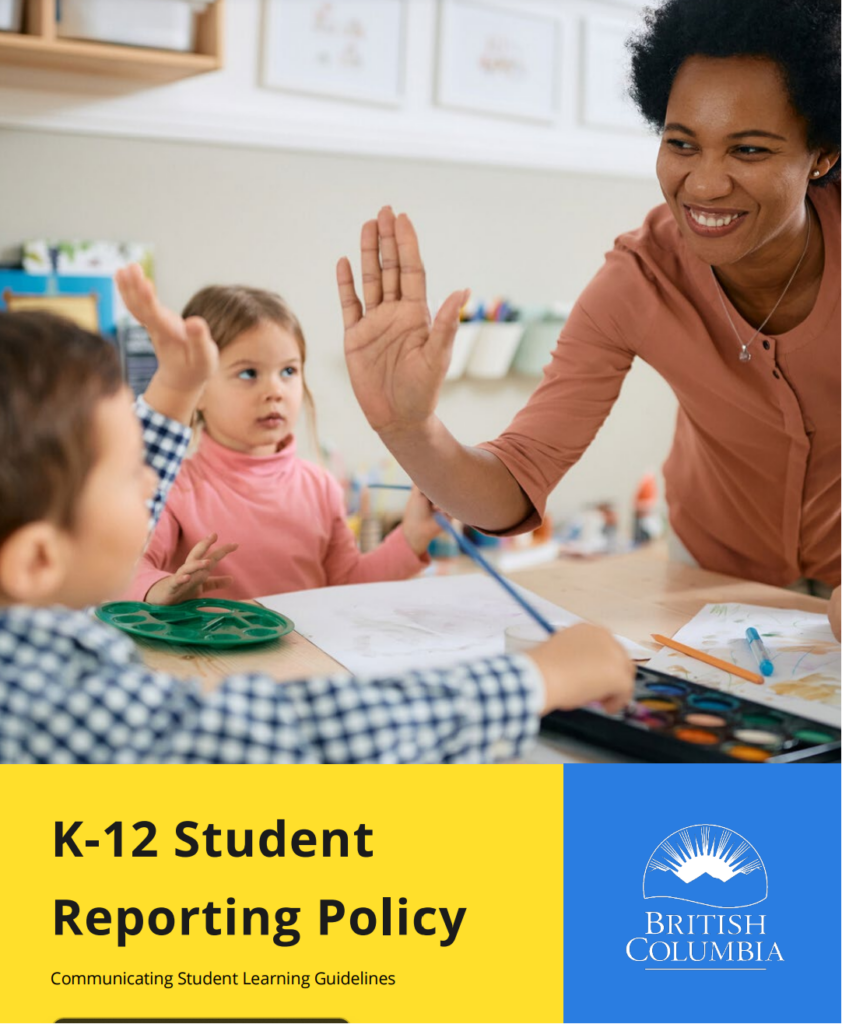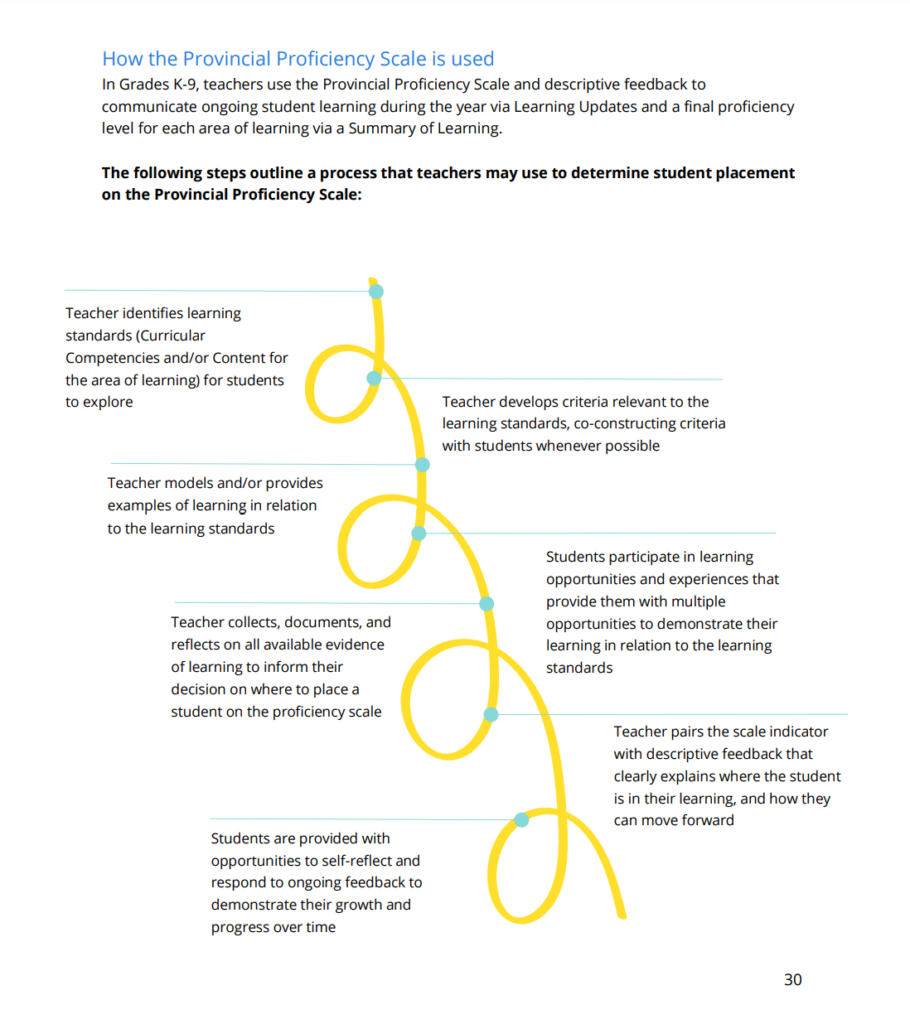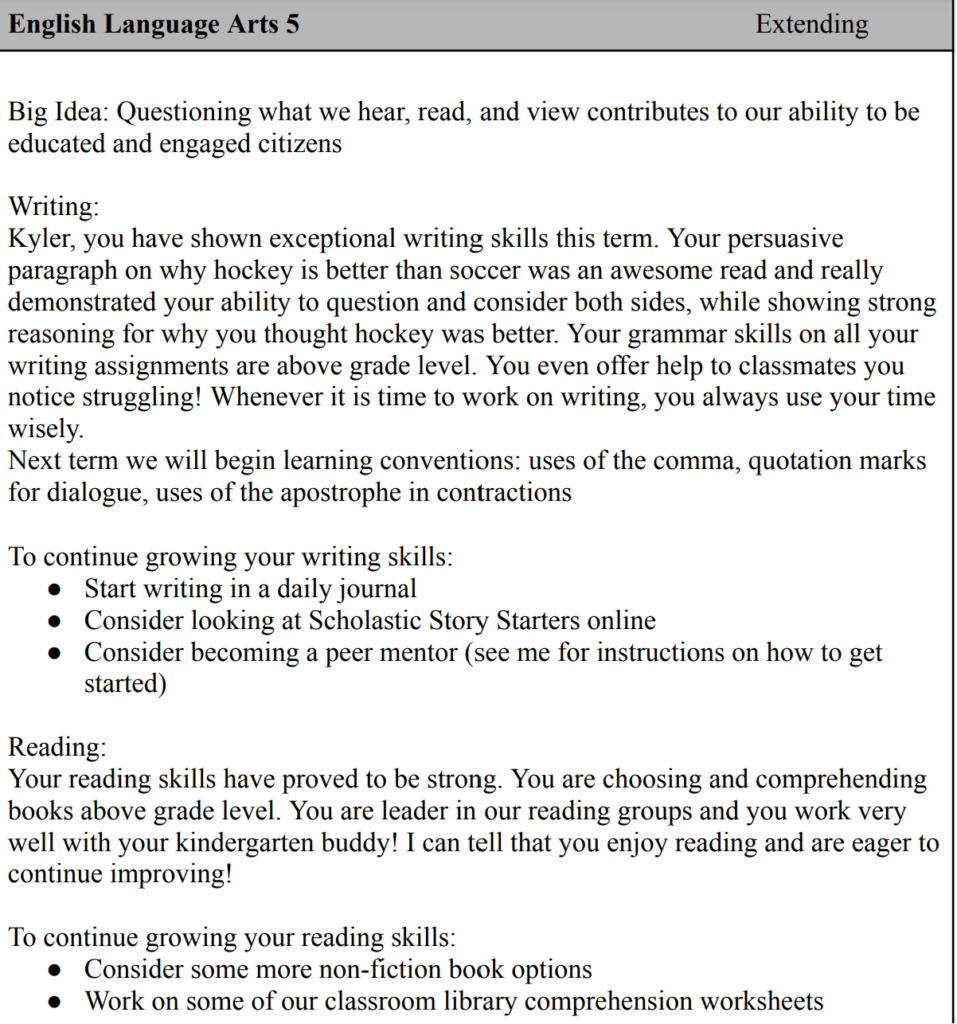What are Writing Samples?
“Writing is thinking. When we write, we … organize, clarify, solidify understanding, build relationships, extend our thinking, and engage.”
-Joan Sedita, Keys to Literacy
Writing samples are pieces of writing done by a student that teachers use for assessment purposes. It can be any kind of writing, like an essay (for older grades), a story, a poem, or a journal entry. Writing samples are gathered by teachers to assess a student’s writing skills, including their ability to communicate ideas effectively and use correct grammar and punctuation.

Why I Would Choose This Form of Assessment
Using writing samples as a form of assessment is something I see as diverse as they can be found in many subjects and can be used year-round, in many grade levels. Specifically in elementary and middle school when students are still learning how to properly write (can be used in high school and post-secondary as well, just differently).
I would use this because it can show me multiple aspects of a student’s writing, including spelling, grammar, punctuation, sentence structure, vocabulary, and organization in one. This can give me insight into my students’ overall writing abilities and help me identify where they are strong and where they need improvement!
These can hit many areas in the curriculum. For example in the grade 5 ELA curriculum: “sentence structure and grammar, conventions: common practices in punctuation (e.g., uses of the comma, quotation marks for dialogue, uses of the apostrophe in contractions); in capitalization in titles, headings, and subheadings; and in Canadian spelling, and development of paragraphs that have a topic sentence and supporting details.” and more.
In my 6 week practicum in grade 4/5 this year, I plan to use this form of assessment in my graphic novel creation unit. The end goal of this unit is to have students write their own graphic novels and perform them as skits in groups. Throughout the unit, students will be asked to participate in writing exercises based on the novel we read as a class before their own creation. These writing samples will show me where each student is at and help me in groupings for their final creation.
Student Reporting Policy

The K-12 Student Reporting Policy refers to the guidelines and procedures that schools must follow for reporting student progress, grades, and other relevant information to parents, students, and other stakeholders. This policy outlines how and when student progress will be communicated, in what format (for example: report cards), and what information needs to be included in these reports.
Page 30 outlines how the proficiency scale is used and what teachers need to do to effectively provide descriptive feedback and evidence. This scale is based on four levels of achievement: Emerging (beginning to demonstrate the required knowledge, skills, and understanding.), Developing (progressing towards demonstrating the required knowledge, skills, and understanding but has not yet fully achieved them.), Proficient (consistently demonstrates the required knowledge, skills, and understanding.), and Extending 9demonstrates a deep understanding and can apply their knowledge and skills in complex and unfamiliar situations.)

This document also discusses the frequency of reporting. It states that, for all grade levels (K-12), there is to be a minimum of 5 occasions where student learning is communicated. 4 learning updates, and 1 final summary at the end of the school year. (K-12 Student Reporting Policy, 2023). This is why collecting relevant evidence throughout the year is important.
Sample Literacy Report Card Comment

This is a sample literacy report card comment I wrote for my assessment course. It demonstrates descriptive feedback and clearly states where the student is currently at with their learning as well as suggestions for improvement!

Leave a Reply